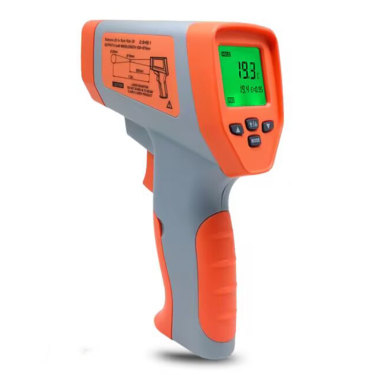How to Use a Cooking Thermometer for Perfectly Cooked Meals

Keyword: cooking thermometer
# How to Use a Cooking Thermometer for Perfectly Cooked Meals
Why a Cooking Thermometer is Essential
Whether you’re a professional chef or a home cook, a cooking thermometer is one of the most valuable tools in your kitchen. It takes the guesswork out of cooking meats, ensuring they reach the perfect internal temperature for both safety and flavor. No more dry chicken or undercooked pork – with a thermometer, you’ll achieve consistently delicious results every time.
Types of Cooking Thermometers
There are several types of cooking thermometers available:
- Instant-read thermometers – Provide quick temperature readings in seconds
- Oven-safe thermometers – Remain in food while cooking
- Probe thermometers – Feature a probe that stays in the food with a display outside the oven
- Digital thermometers – Offer fast, precise readings with digital displays
How to Use a Cooking Thermometer Properly
1. Insert the Thermometer Correctly
For most meats, insert the thermometer into the thickest part, avoiding bones, fat, or gristle. For poultry, insert into the inner thigh area near the breast but not touching the bone.
2. Wait for the Reading to Stabilize
With instant-read thermometers, wait about 15-30 seconds for the temperature to stabilize. For oven-safe thermometers, check the temperature at the recommended cooking time.
3. Know Your Target Temperatures
Here are the USDA-recommended safe minimum internal temperatures:
| Food | Temperature (°F) |
|---|---|
| Poultry | 165 |
| Ground meats | 160 |
| Pork | 145 |
| Beef, veal, lamb steaks | 145 |
| Fish | 145 |
Tips for Best Results
- Calibrate your thermometer regularly for accuracy
- Clean the probe after each use to prevent cross-contamination
- For thin cuts of meat, insert the thermometer sideways
- Let meat rest after cooking – the temperature will continue to rise slightly
Beyond Meat: Other Uses for Cooking Thermometers
Your cooking thermometer isn’t just for meats! Use it to:
- Check oil temperature for frying (typically 350-375°F)
- Test candy or syrup temperatures for perfect consistency
- Ensure breads and baked goods reach proper internal temperatures
- Monitor water temperature for delicate tasks like tempering chocolate
Investing in a quality cooking thermometer and learning to use it properly will transform your cooking, giving you confidence that every meal is cooked to perfection.